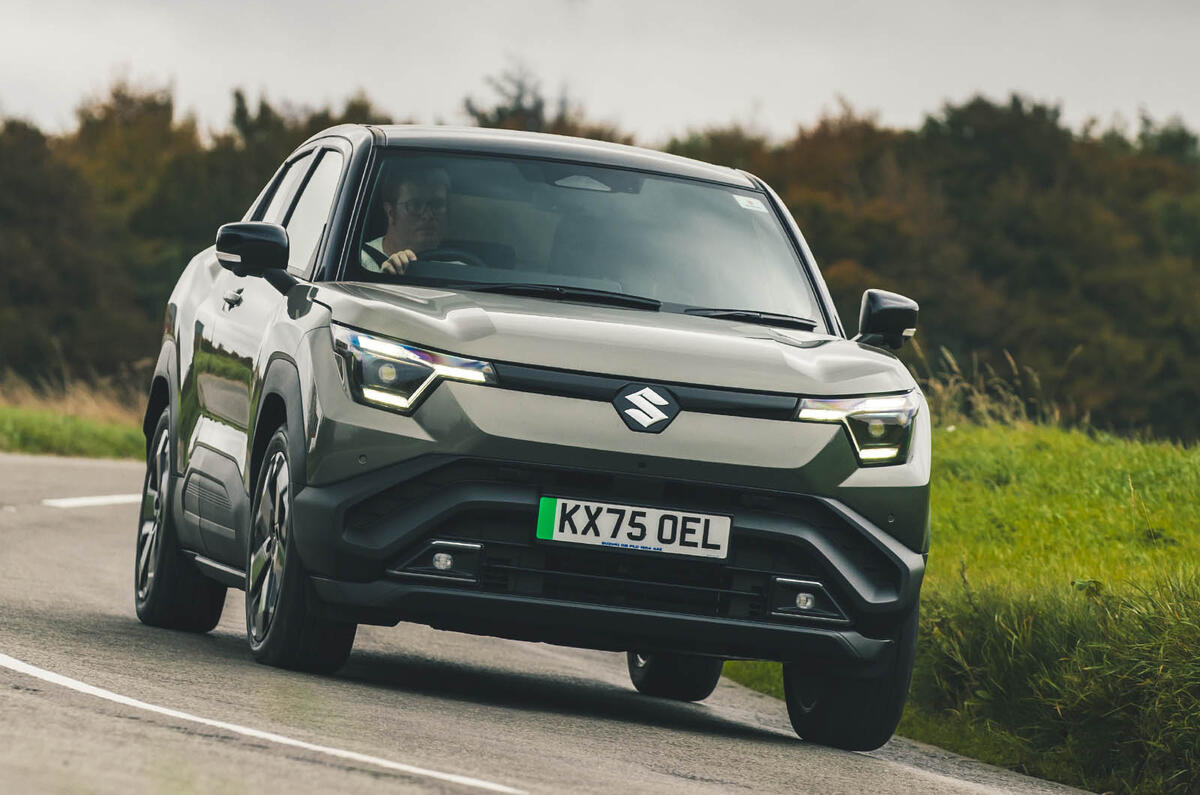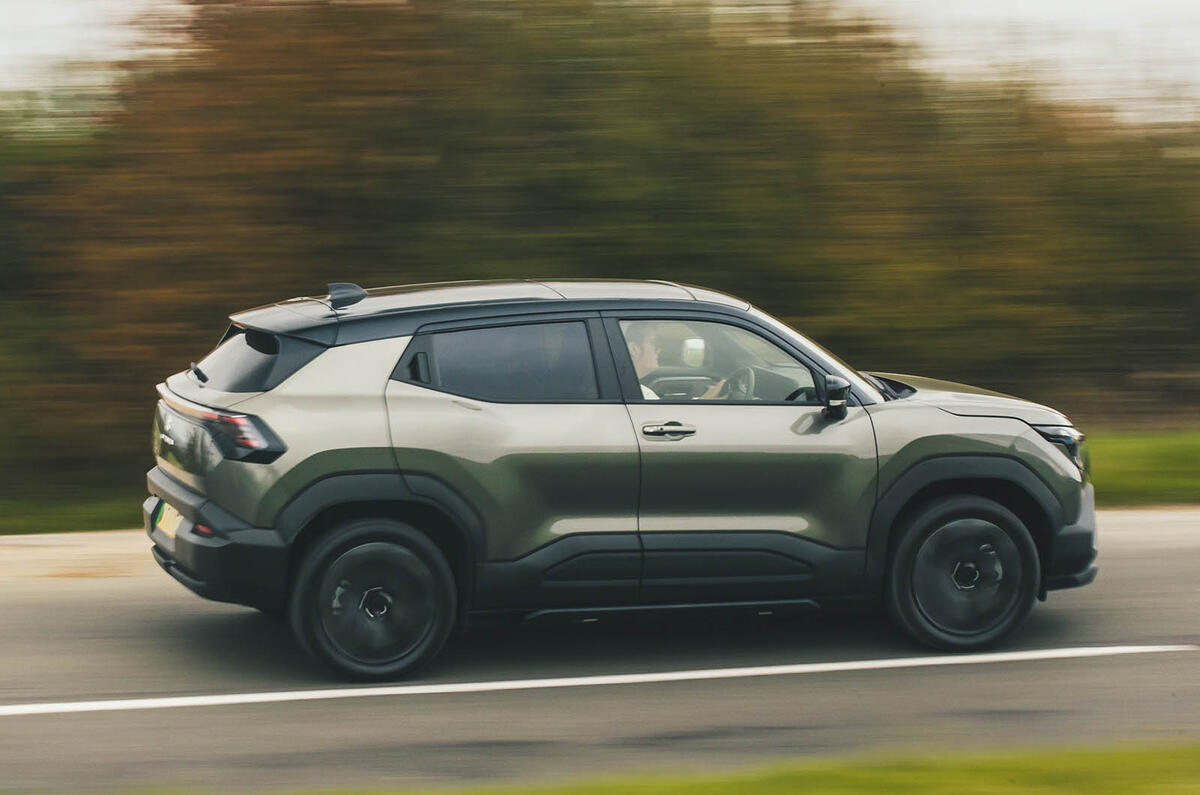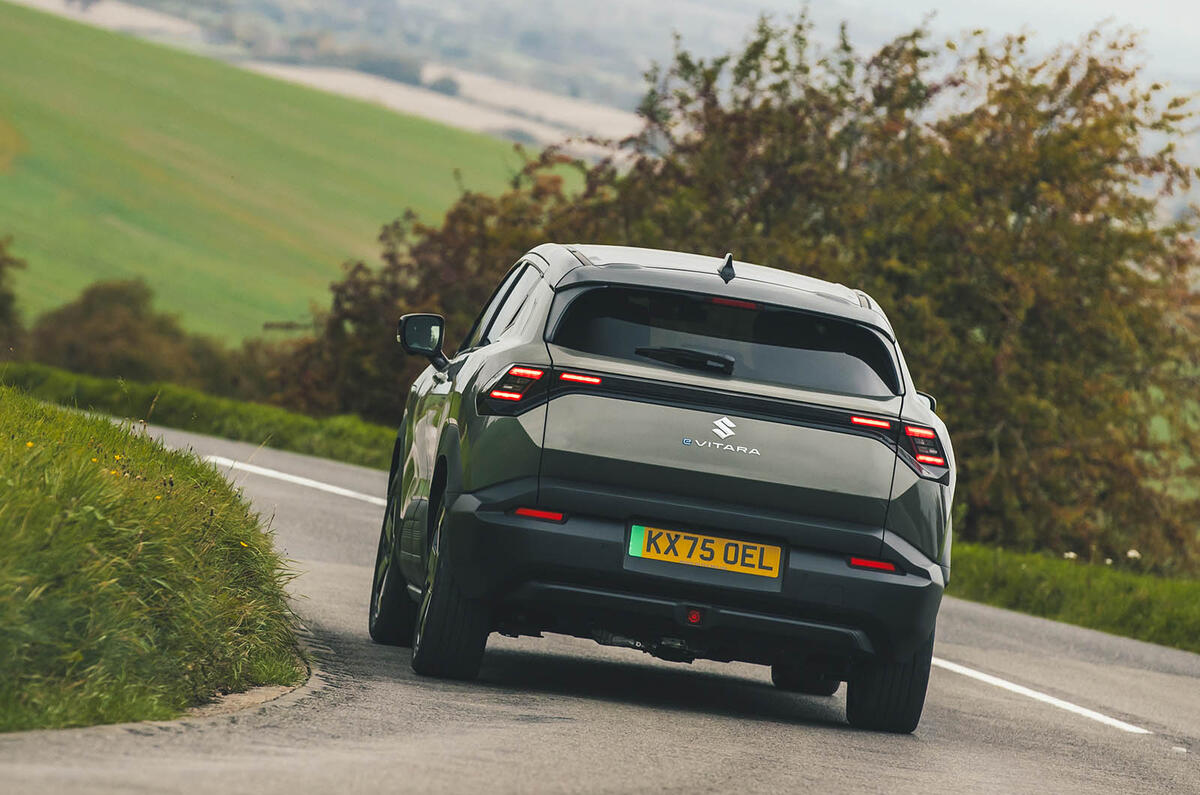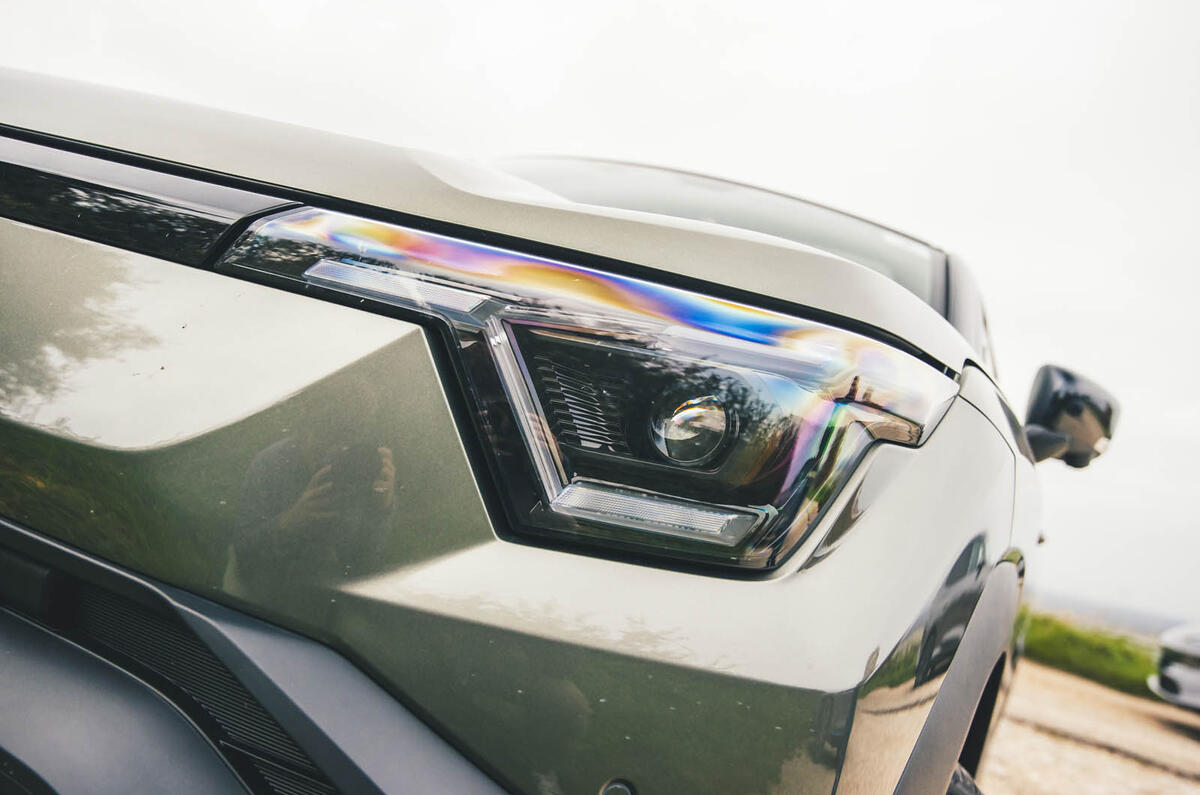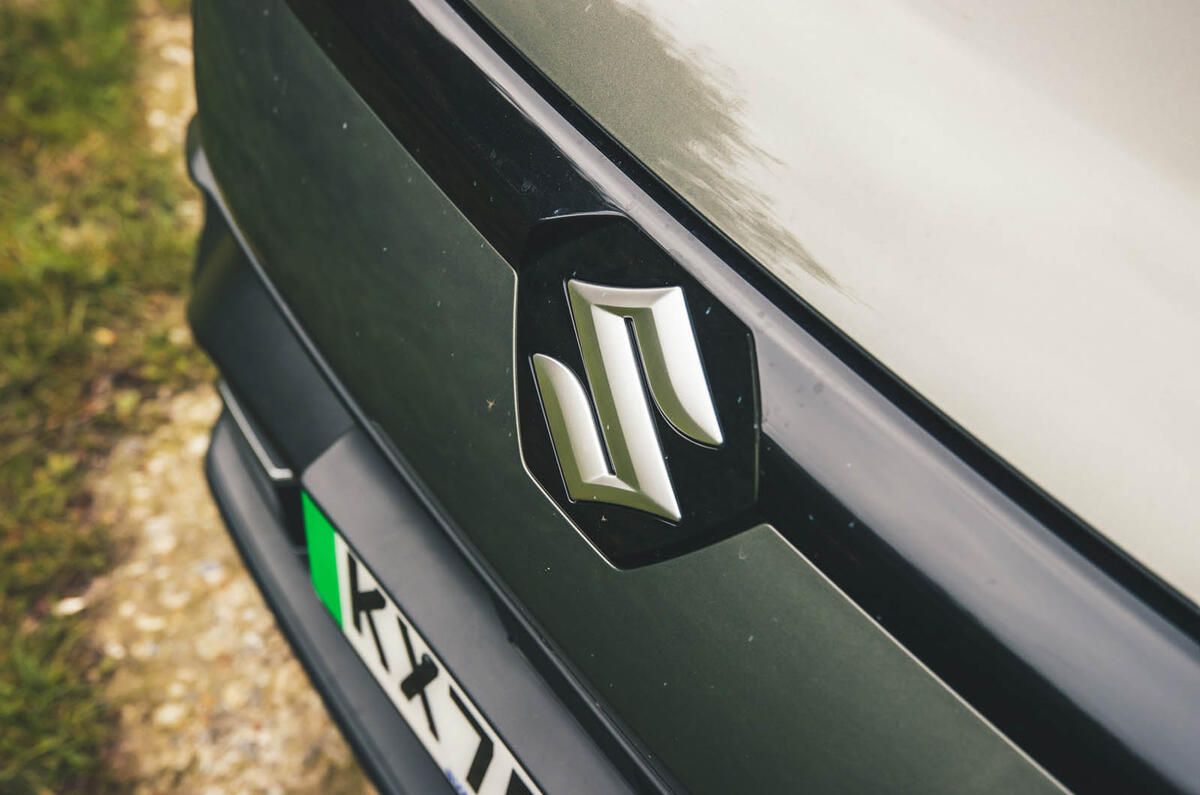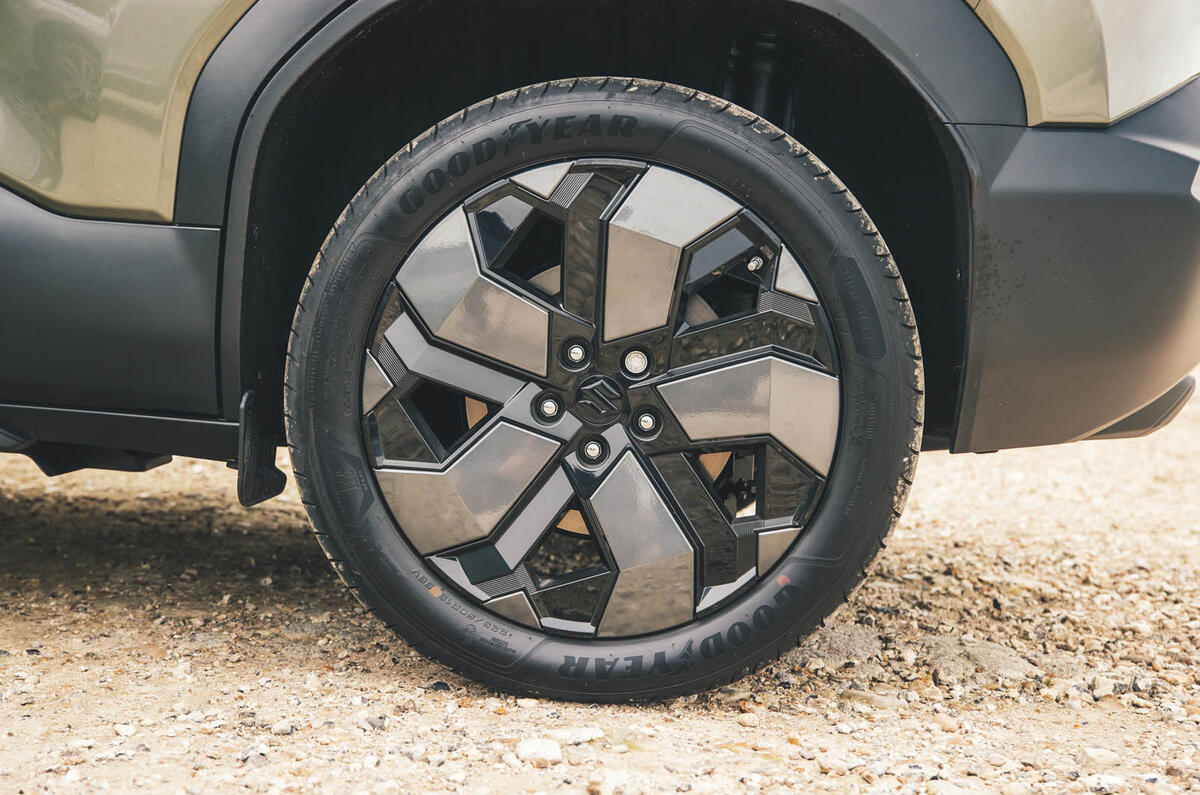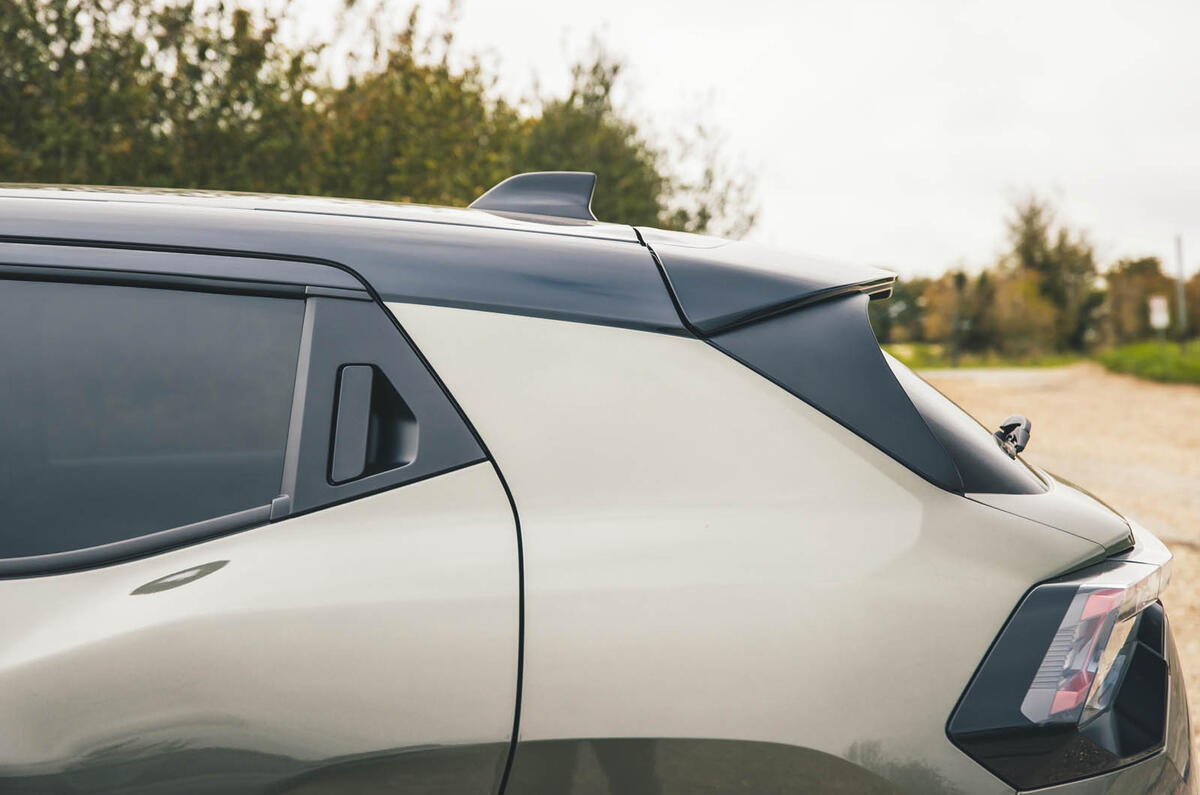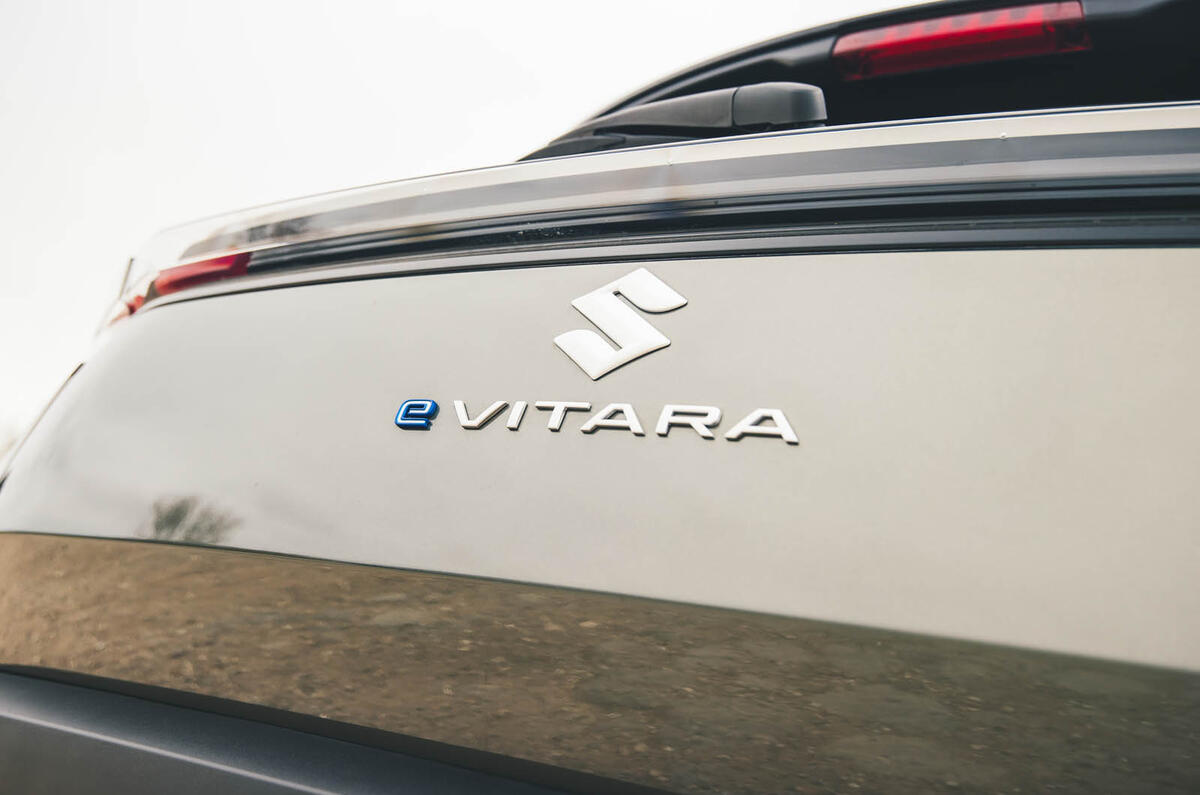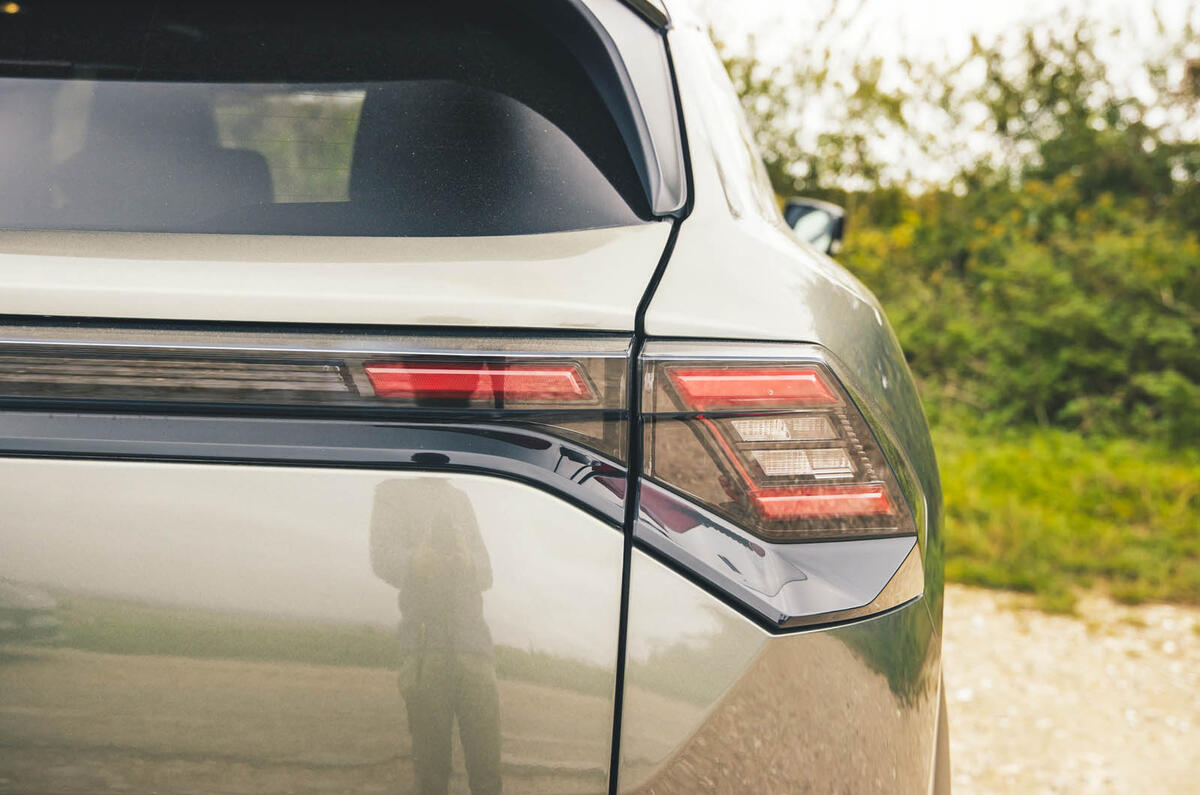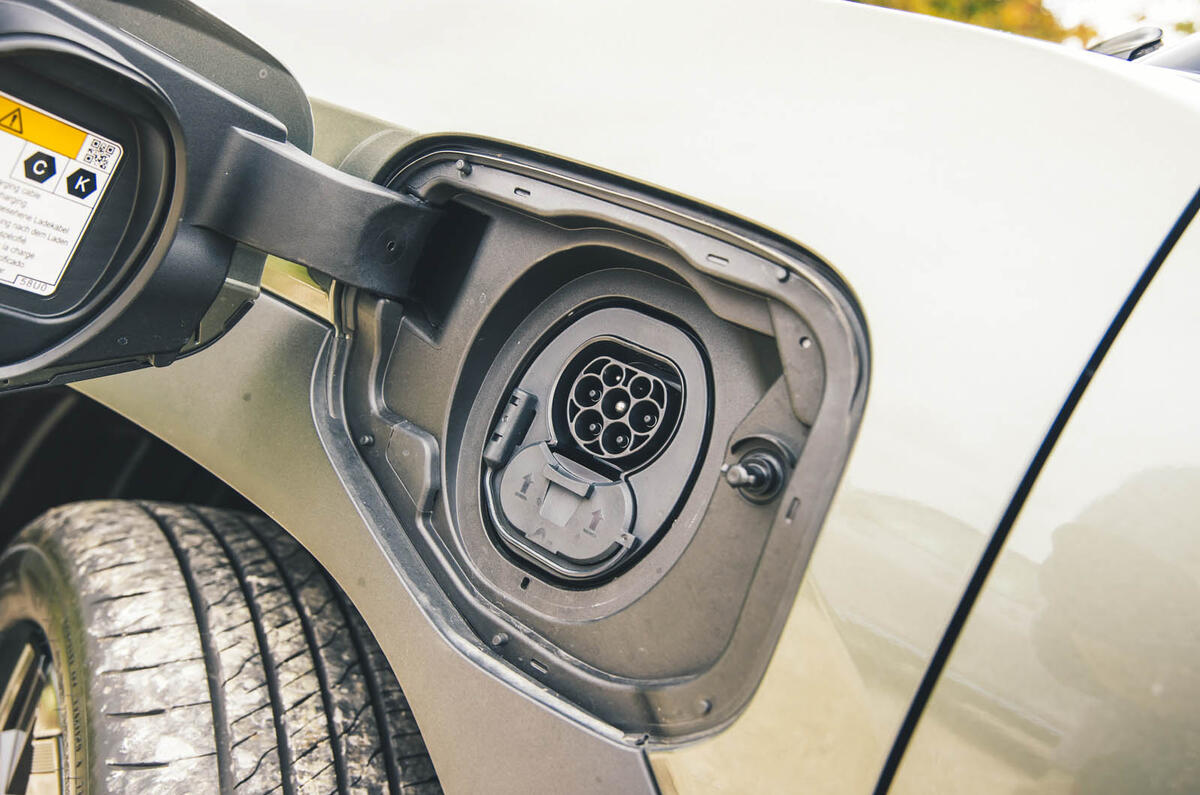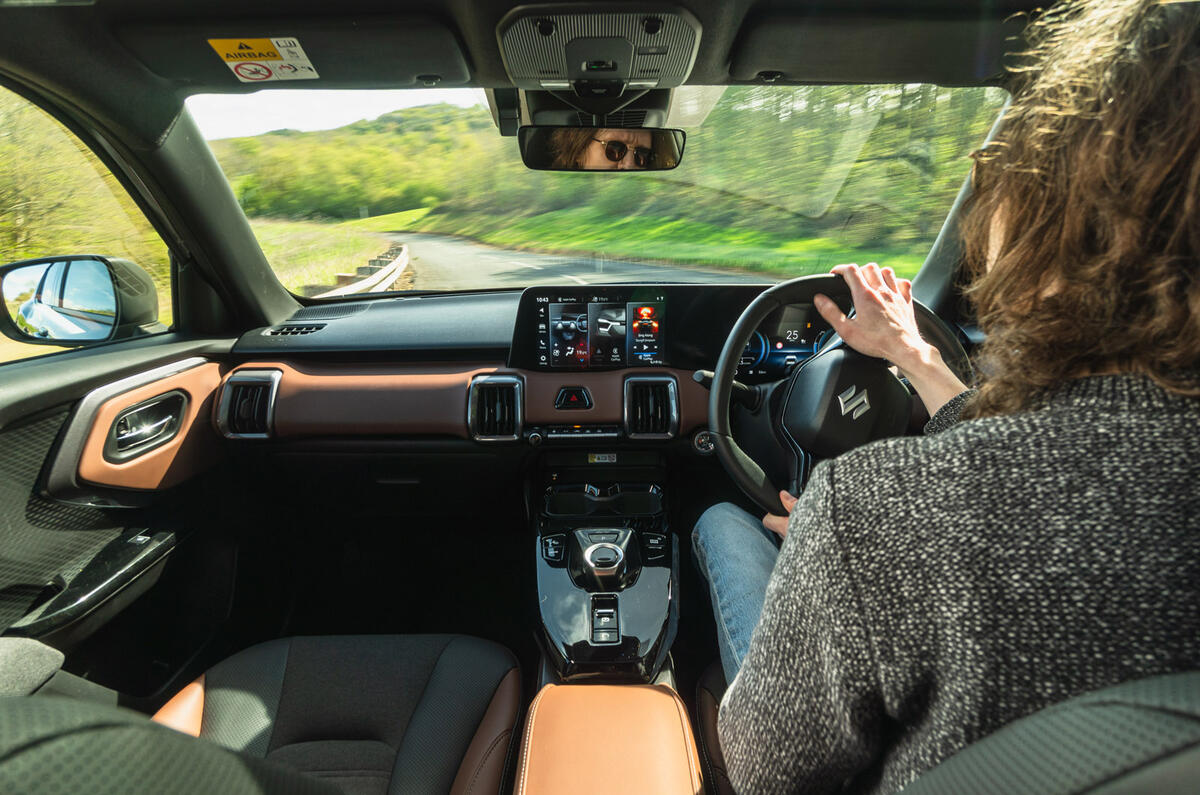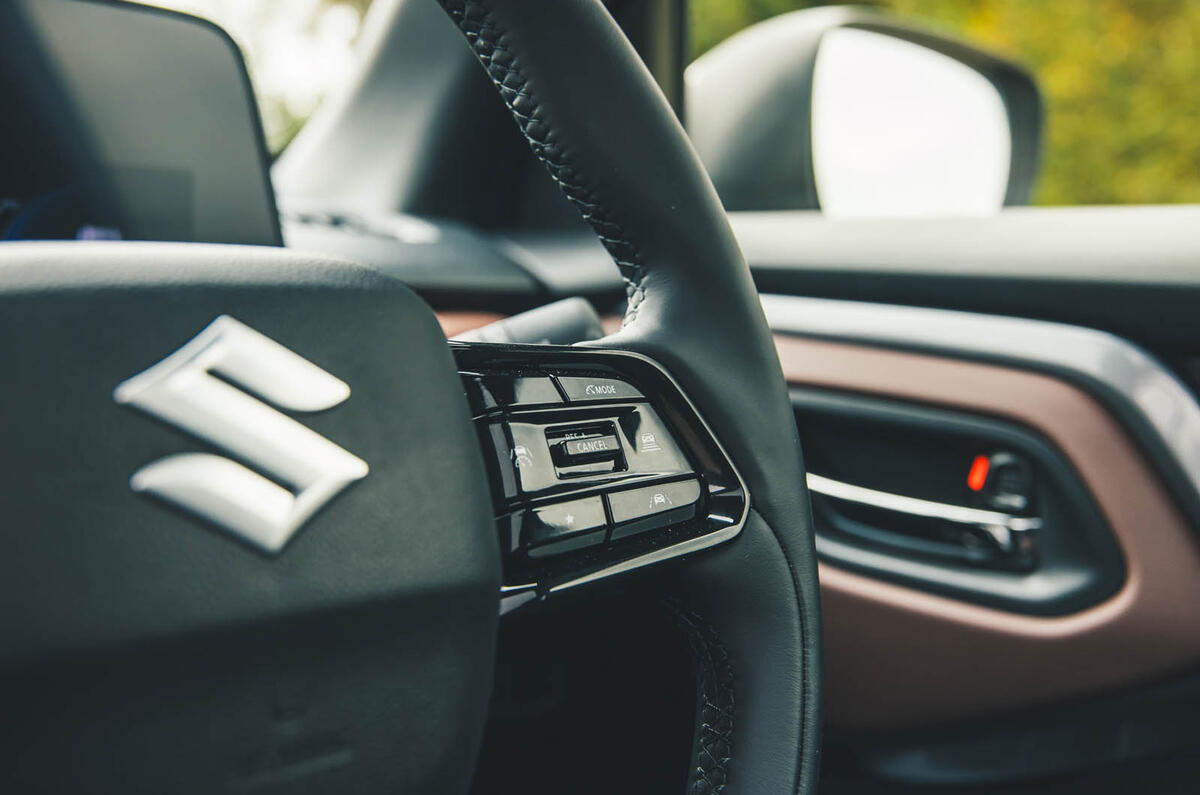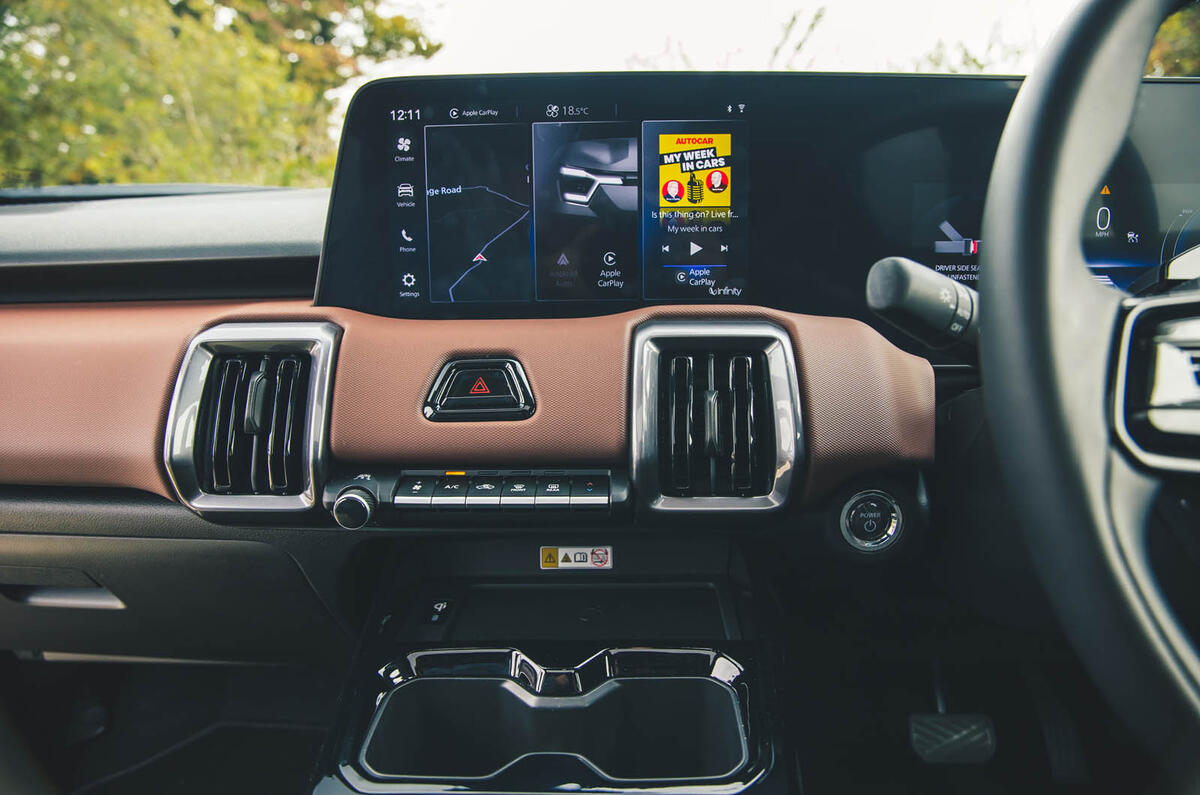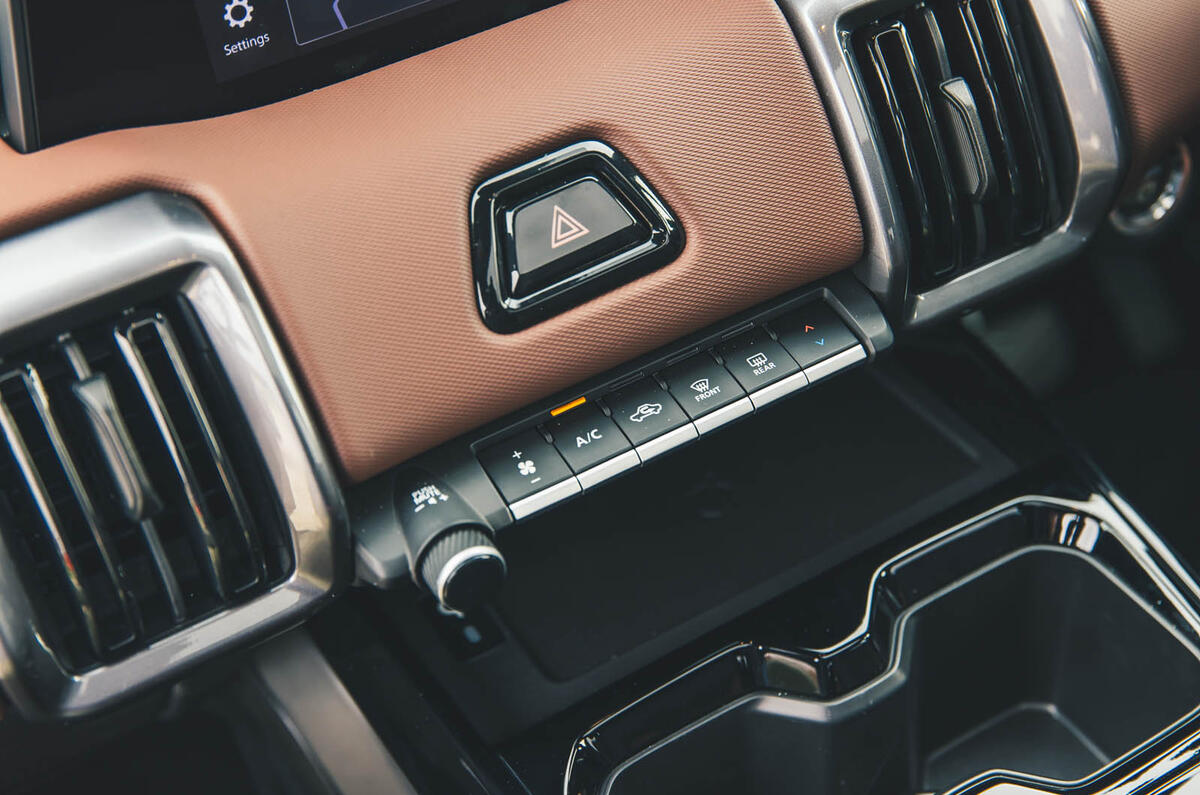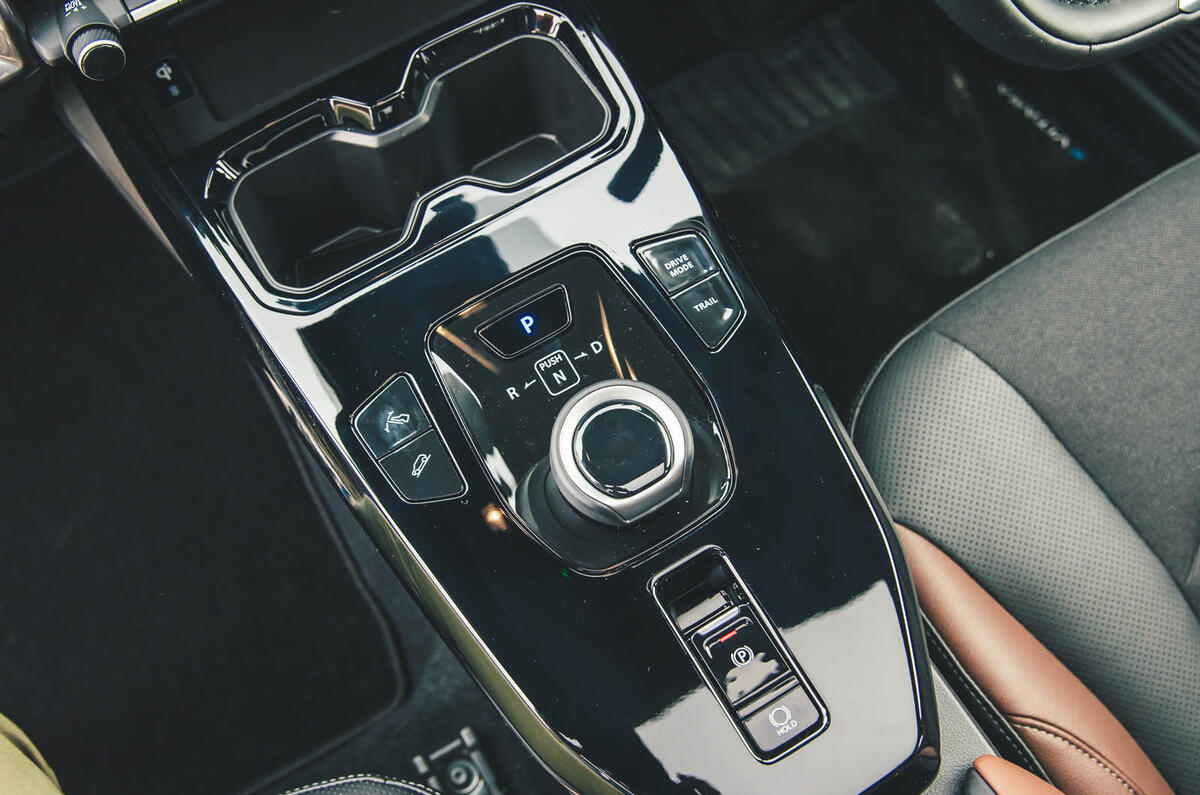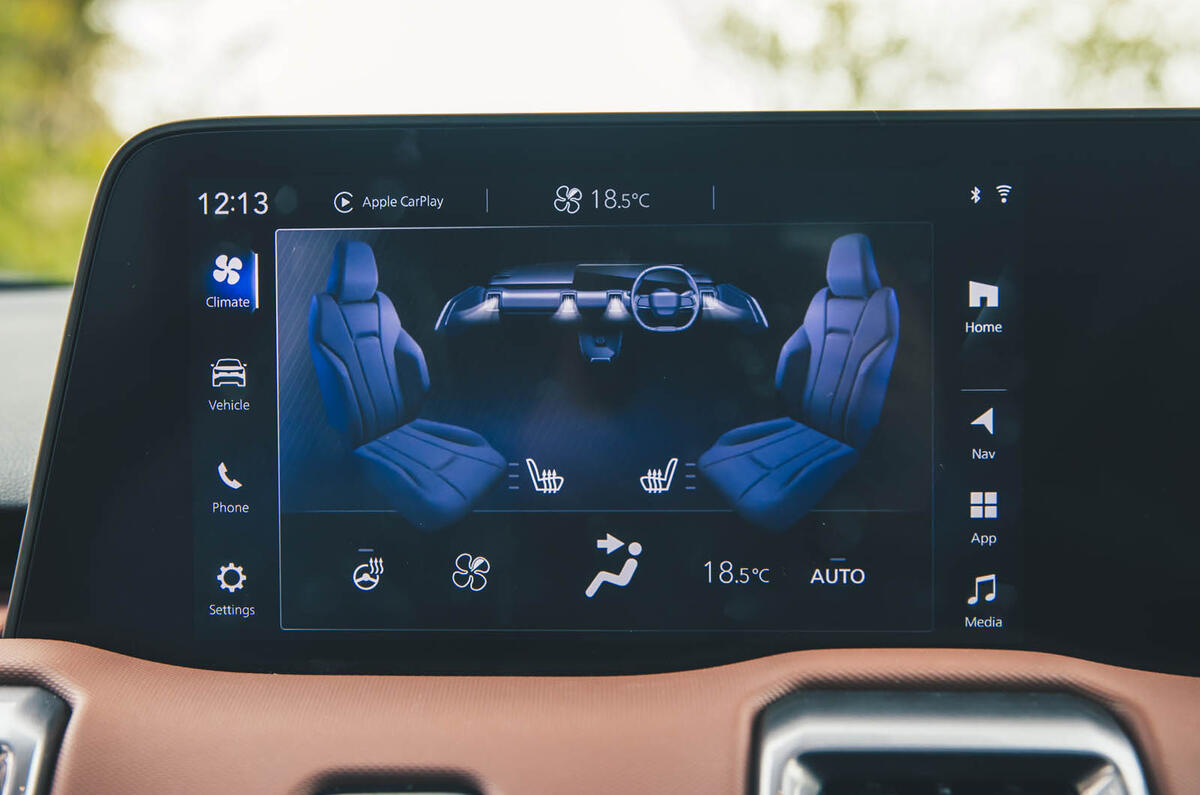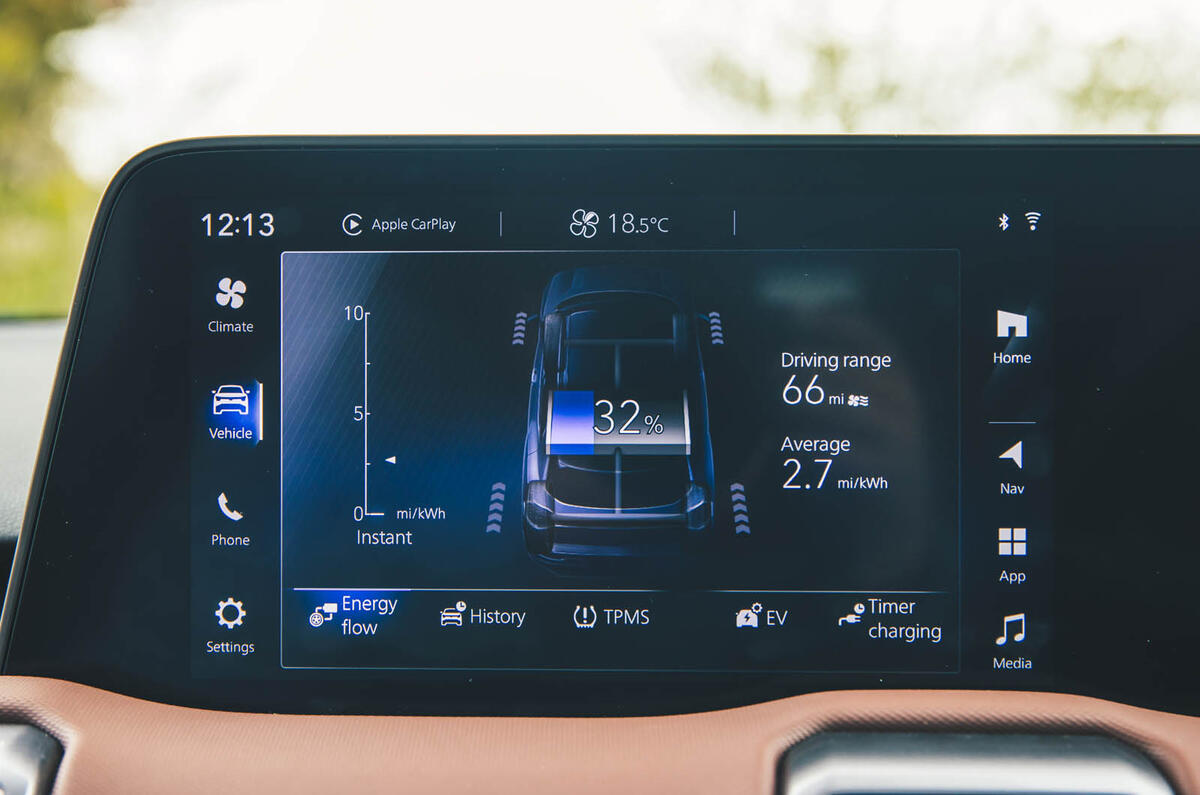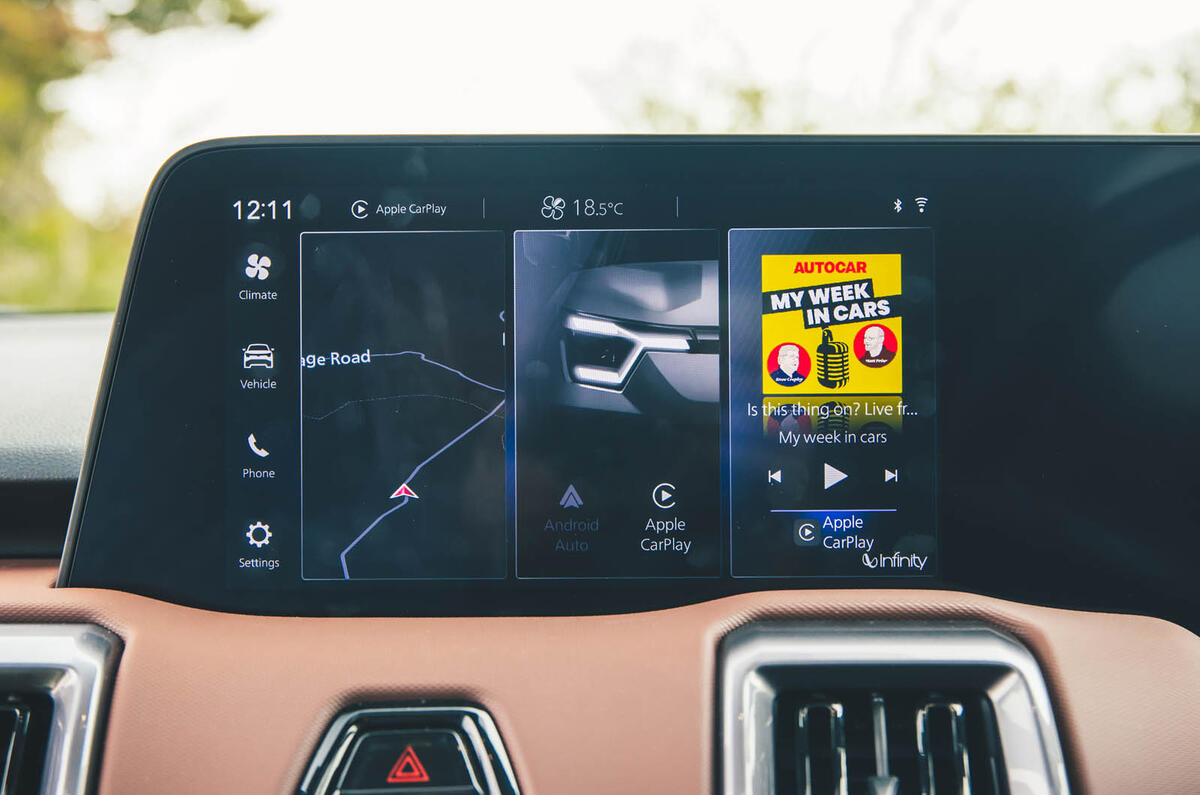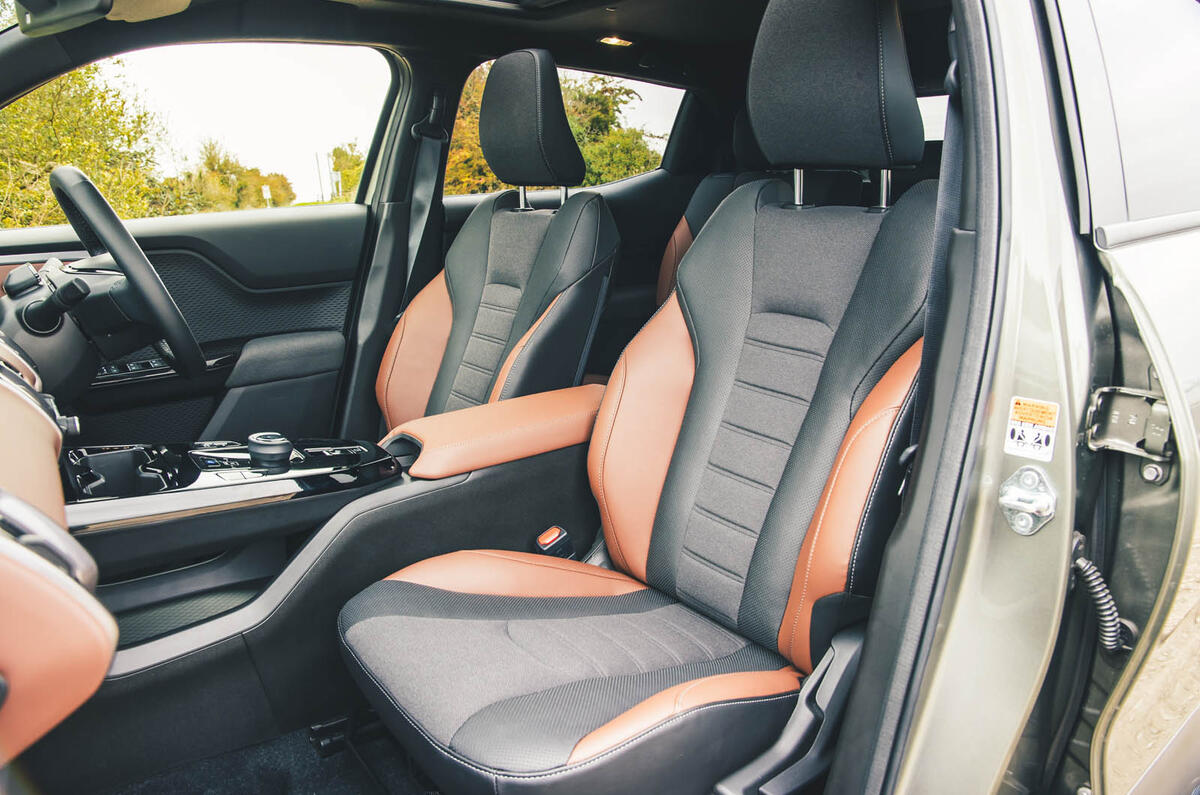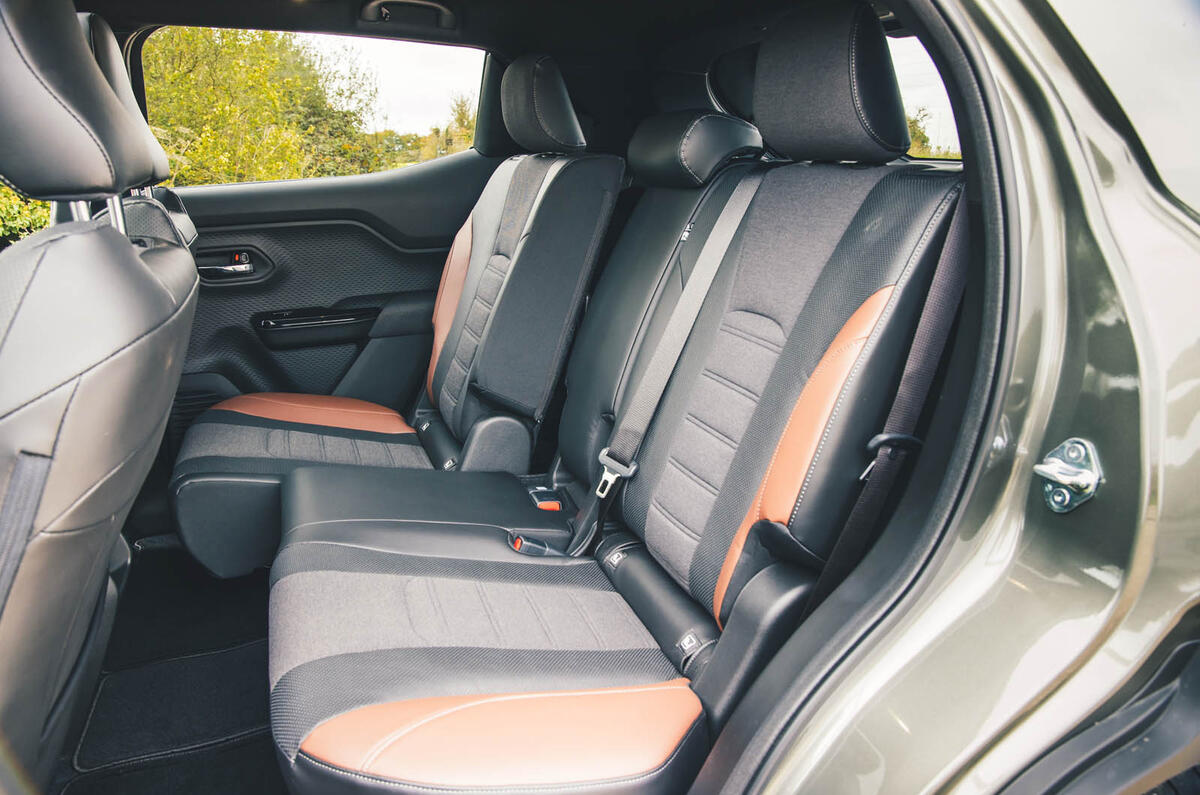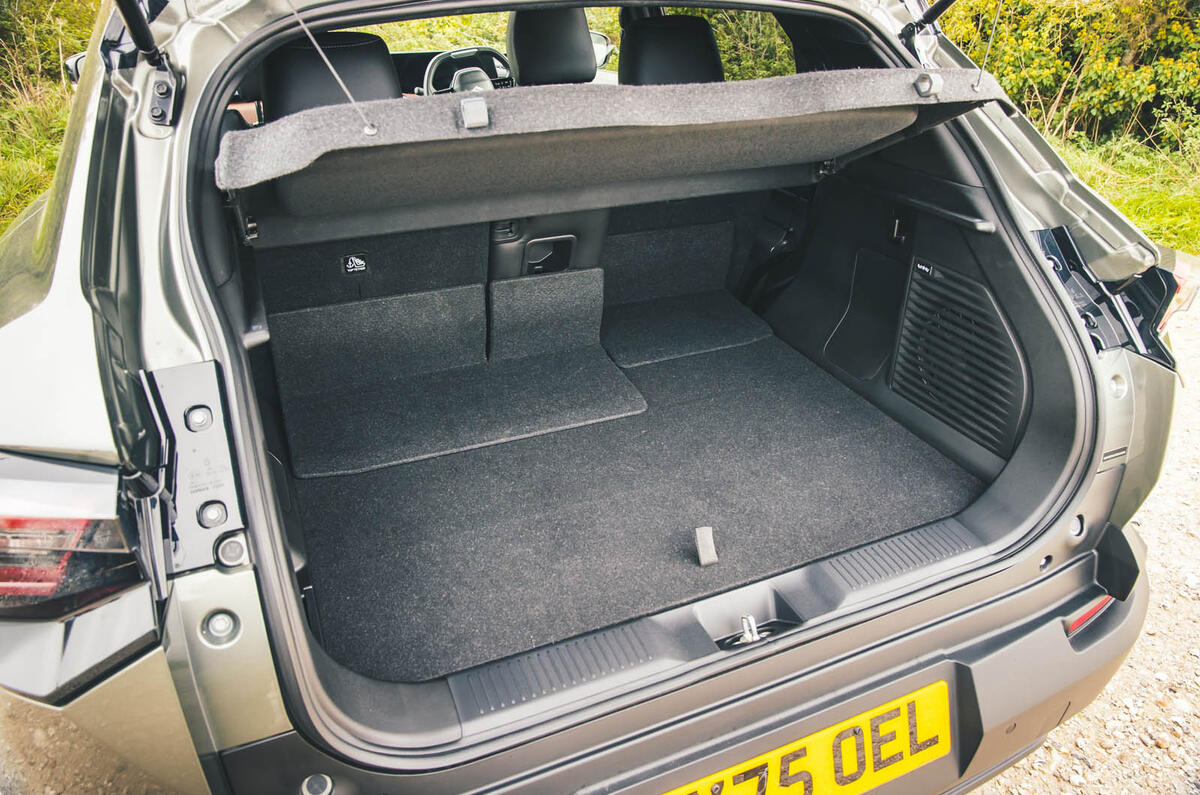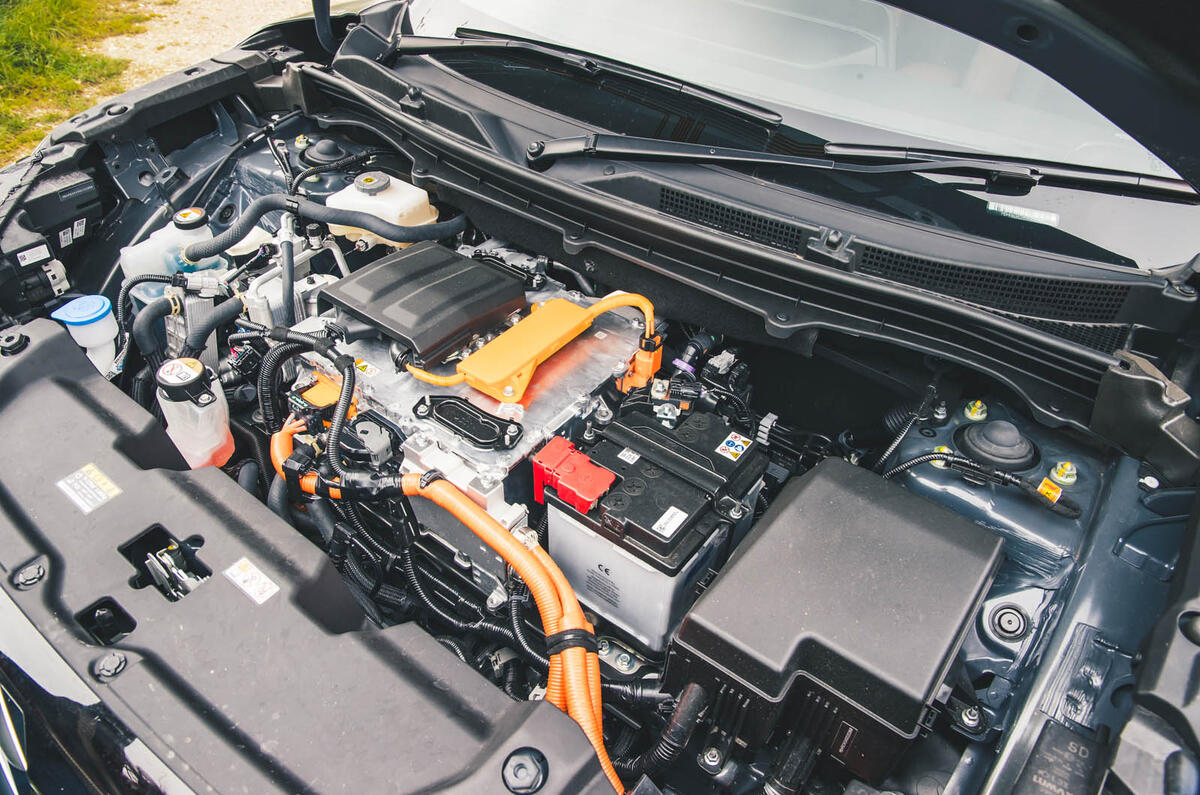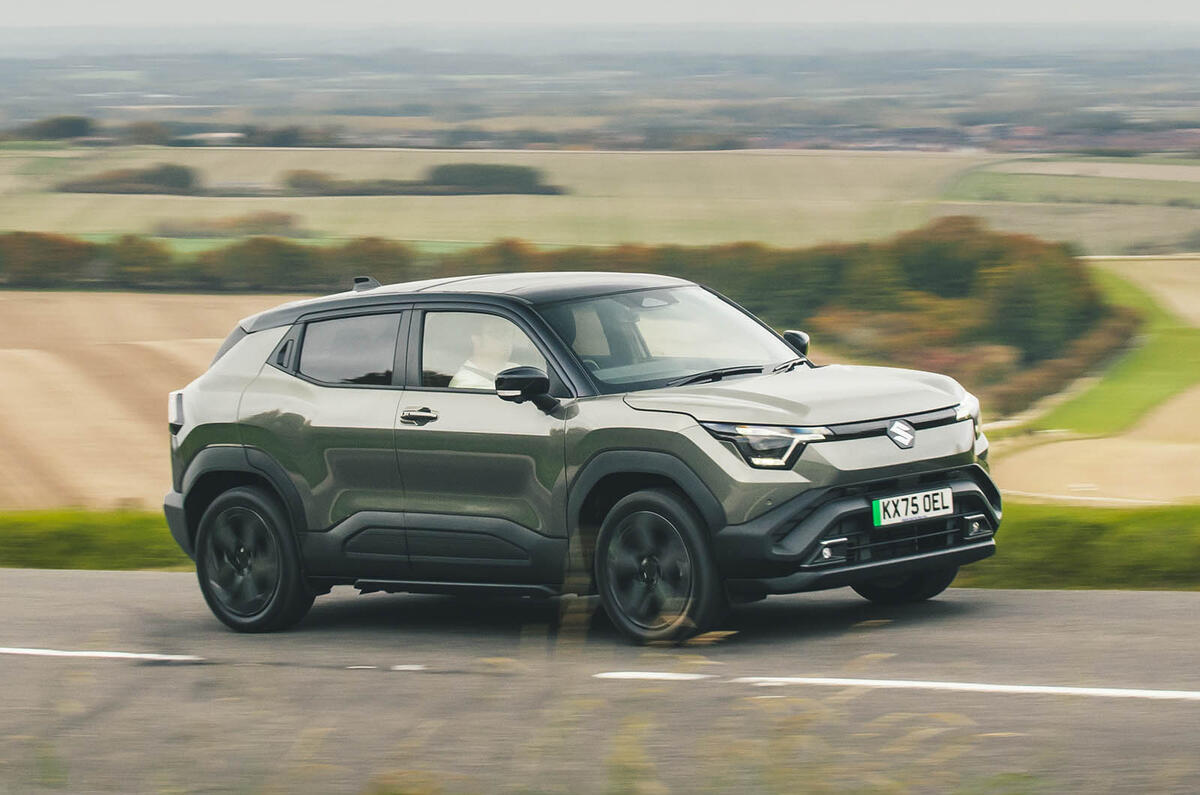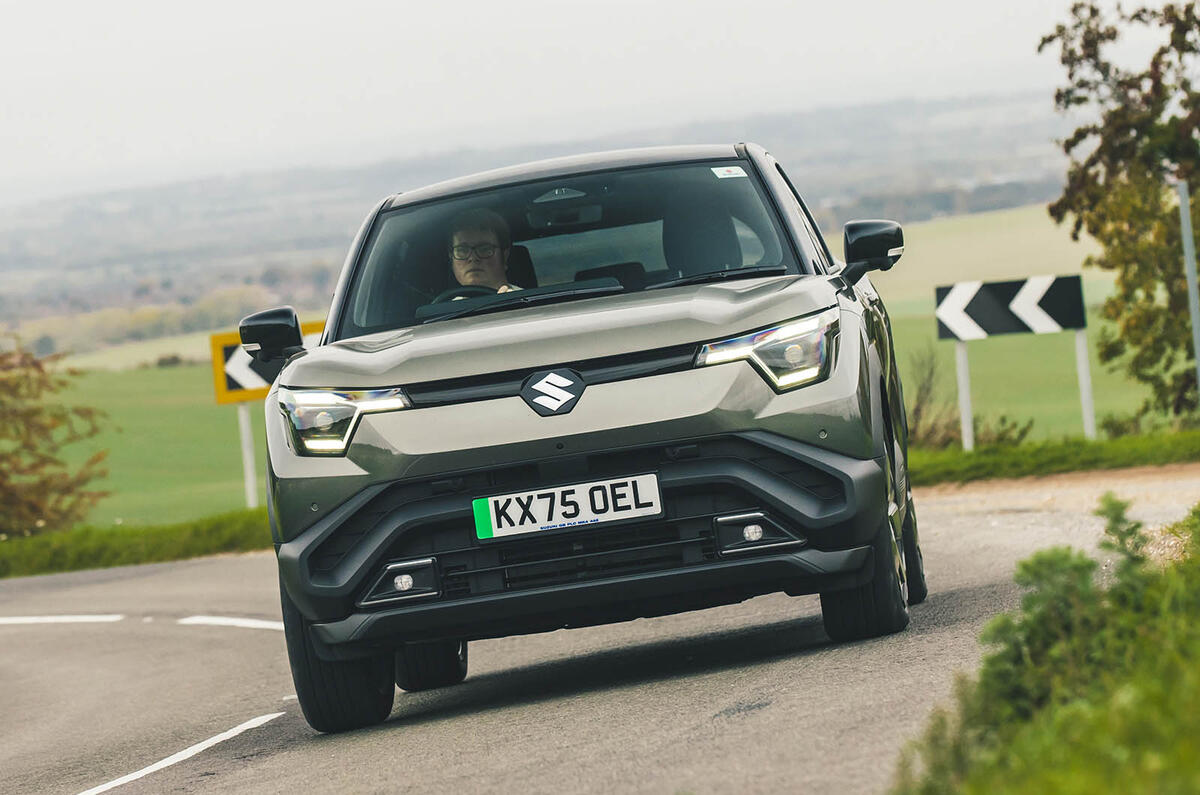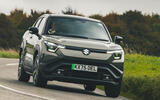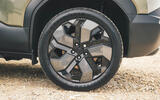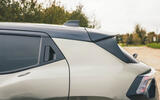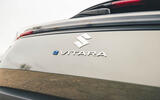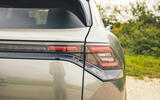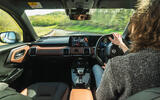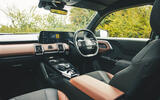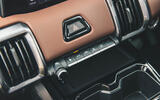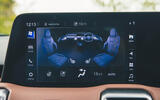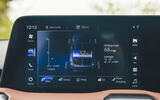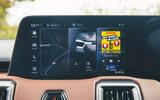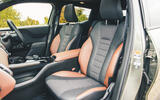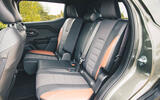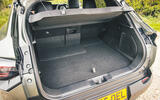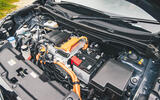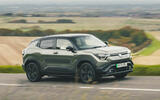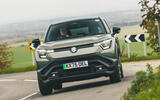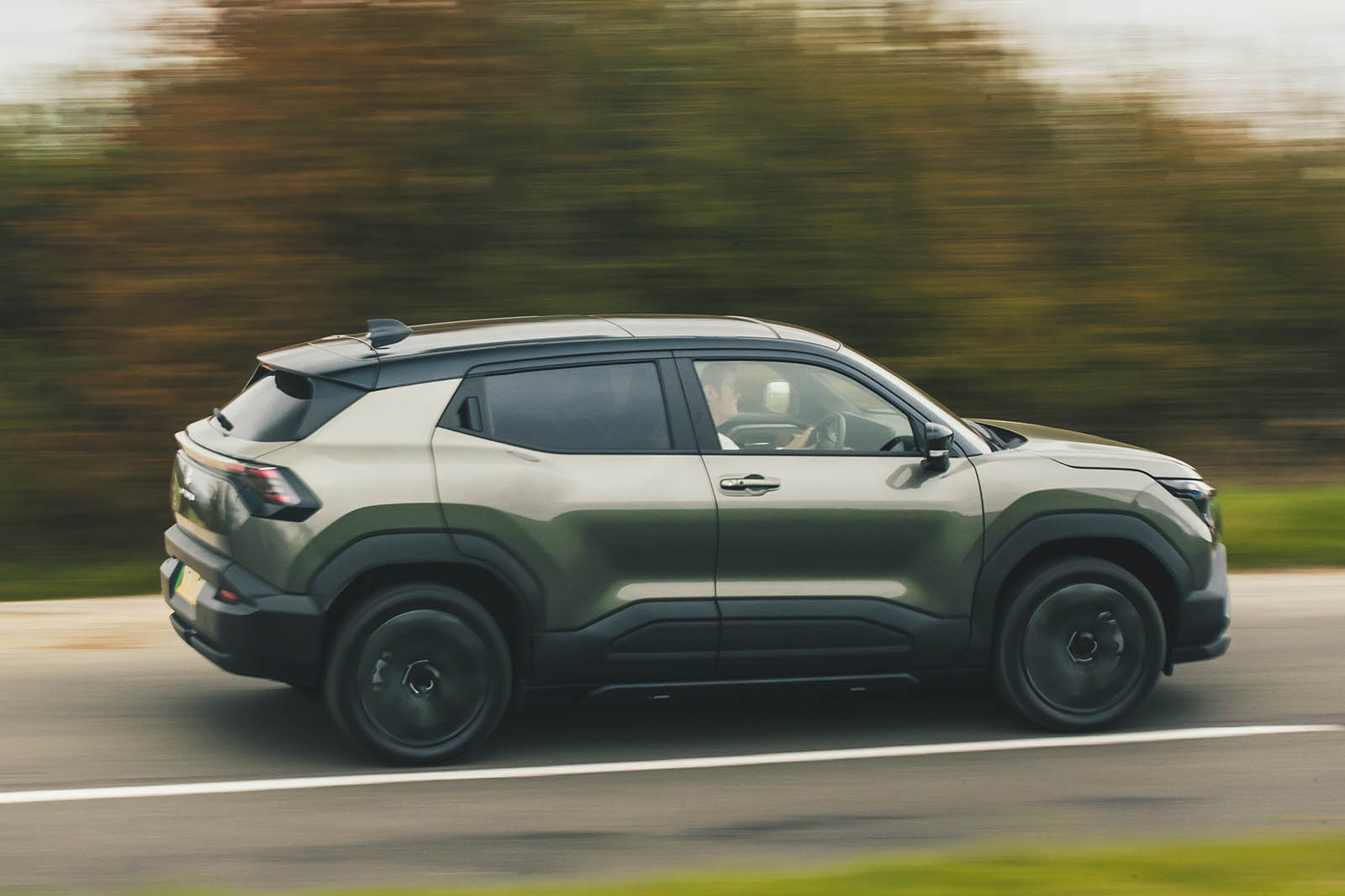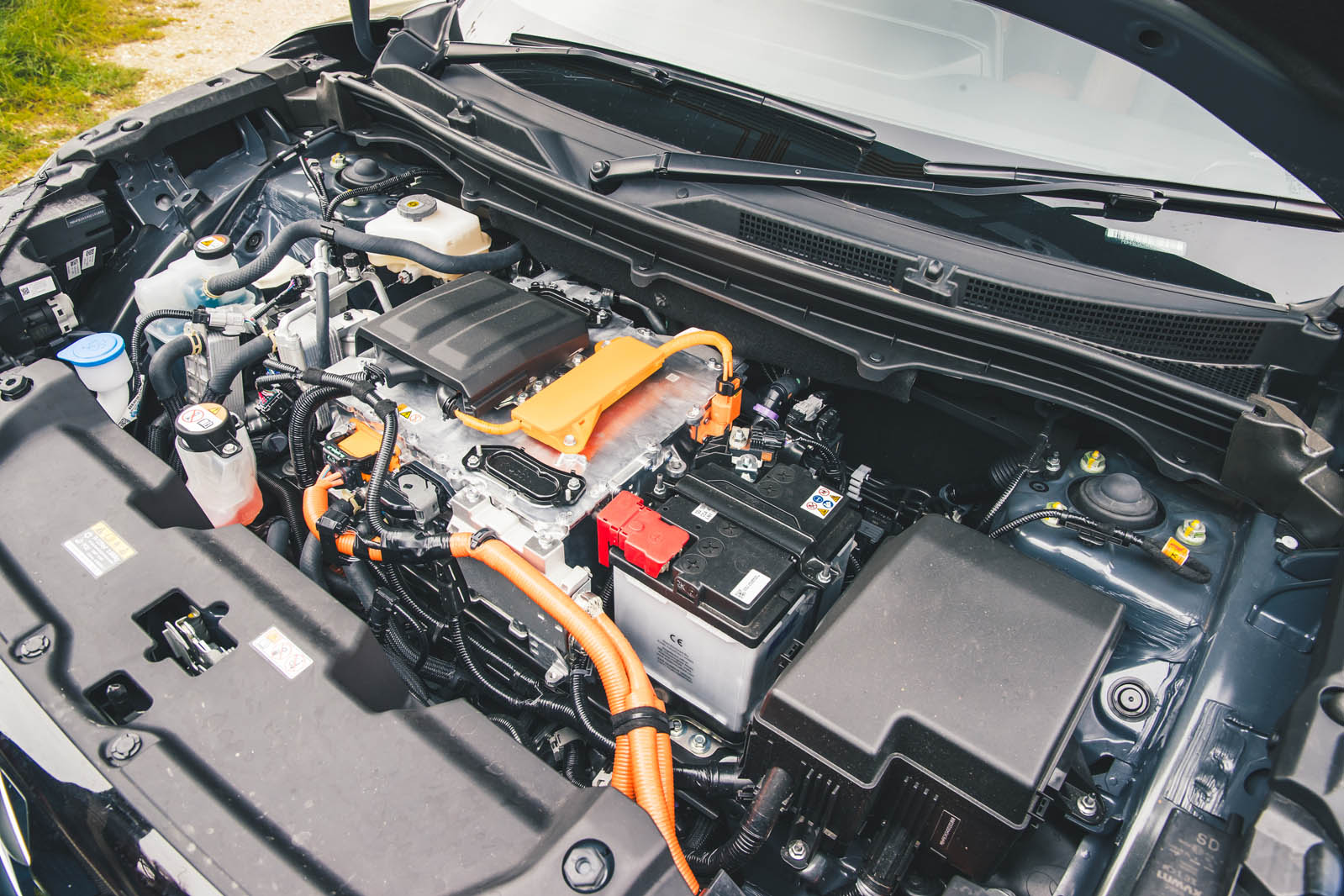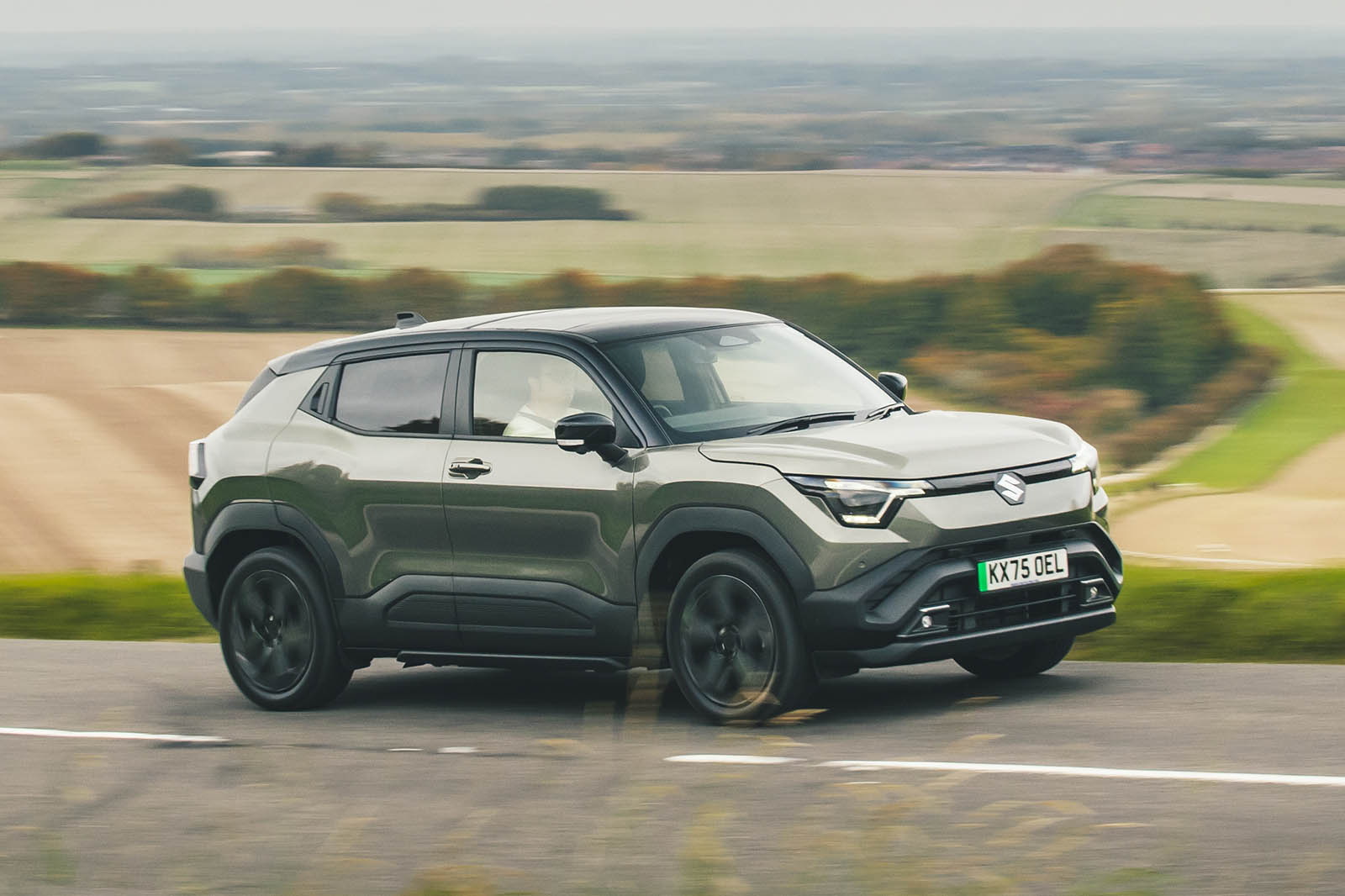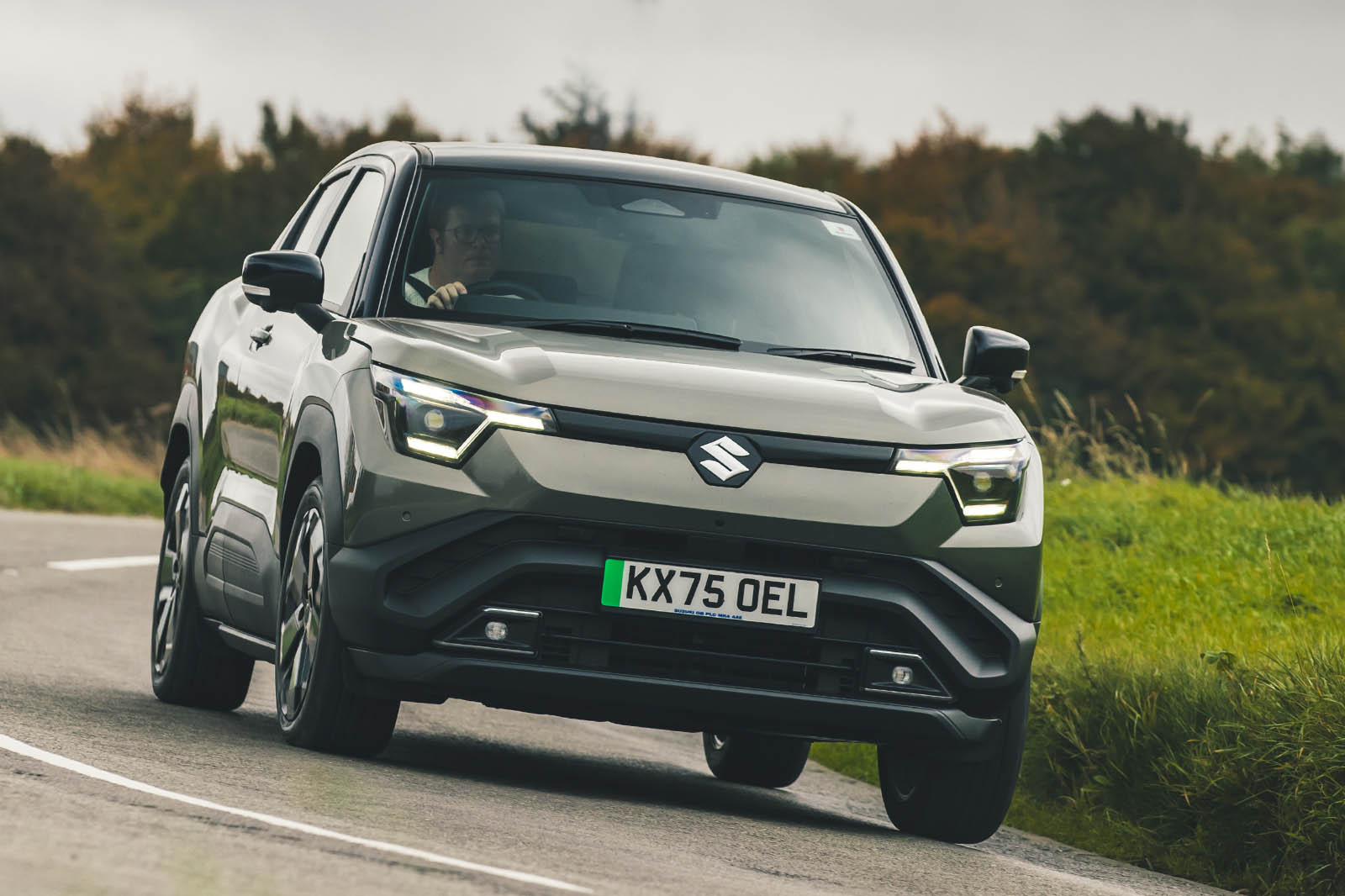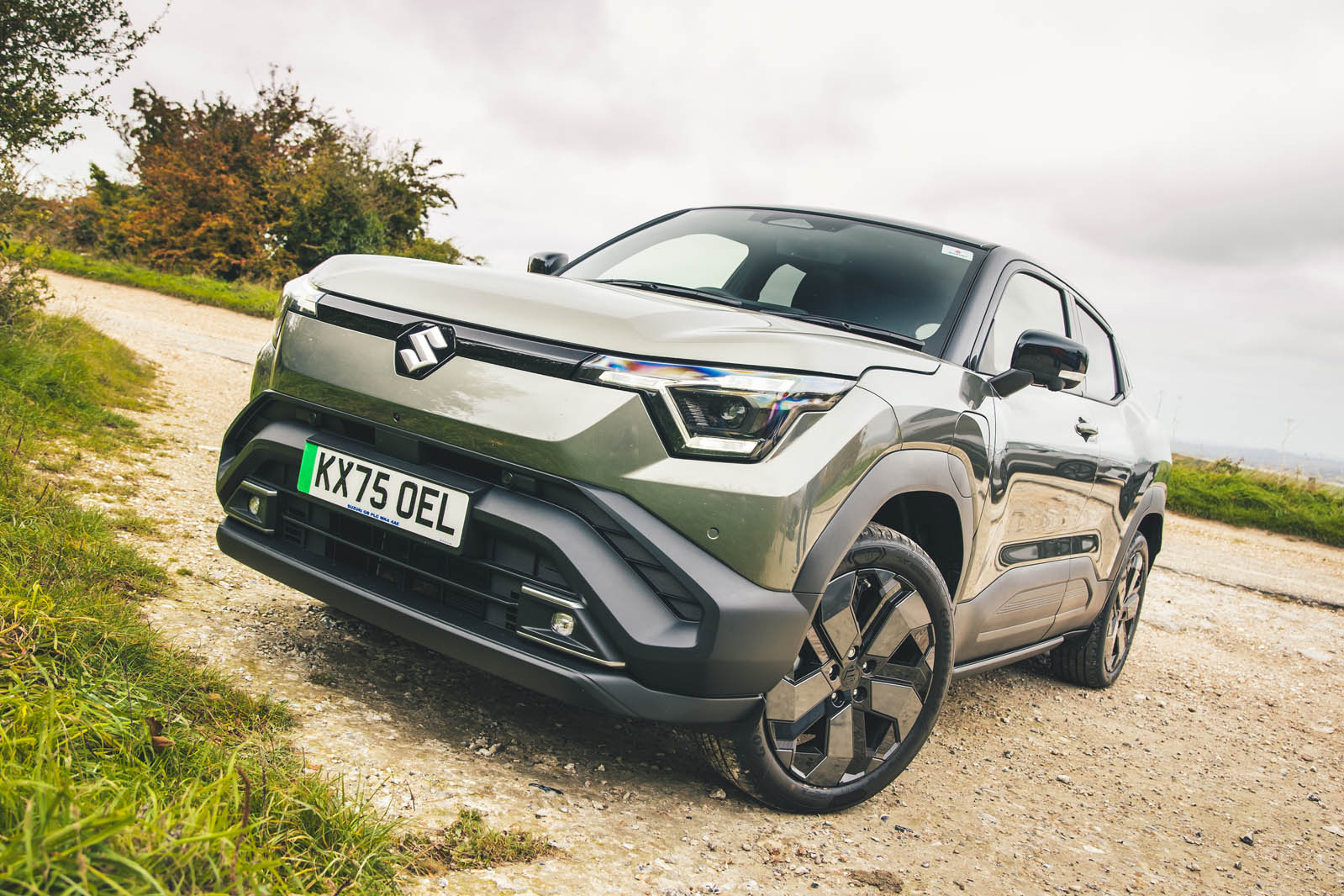Toyota and Suzuki have an agreement to share models and engineering, which has previously produced Suzuki-badged Toyotas such as the Swace (a Corolla) and the Across (a RAV4). Now Suzuki has led the project to develop a joint small electric SUV.
The company has taken its sweet time and has had to use an architecture that’s loosely derived from the one it uses for its piston cars. On the face of it, though, the new eVitara shares little more with its ICE counterpart than a name.
At 4275mm in length, it’s 100mm longer than the Vitara, which puts it among the Ford Puma Gen-E and Renault 4, potentially even the Kia EV3 and the Renault Megane E-Tech.
The technical run-down is pretty standard: it’s the usual skateboard platform deal with a choice of two battery sizes: 49kWh or 61kWh. Suzuki hasn’t released figures for the usable capacities, but given that it’s using LFP cells, the safety buffer ought to be minimal. The small battery comes with a 142bhp front motor, the 61kWh battery with a 172bhp motor.
In typical Suzuki tradition, the eVitara is also available with four-wheel drive, by way of an additional 64bhp motor on the rear axle of the long-range model, for a total of 181bhp.
The entry-level eVitara has 214 miles of range, but Suzuki expects most people to go for the single-motor 61kWh model, which musters 266 miles. Those range figures straddle the Puma Gen-E and Renault 4, but the eVitara uses a bigger battery than those cars to achieve similar range, which doesn't bode well for efficiency, which is traditionally a strength of Suzuki's ICE cars.



